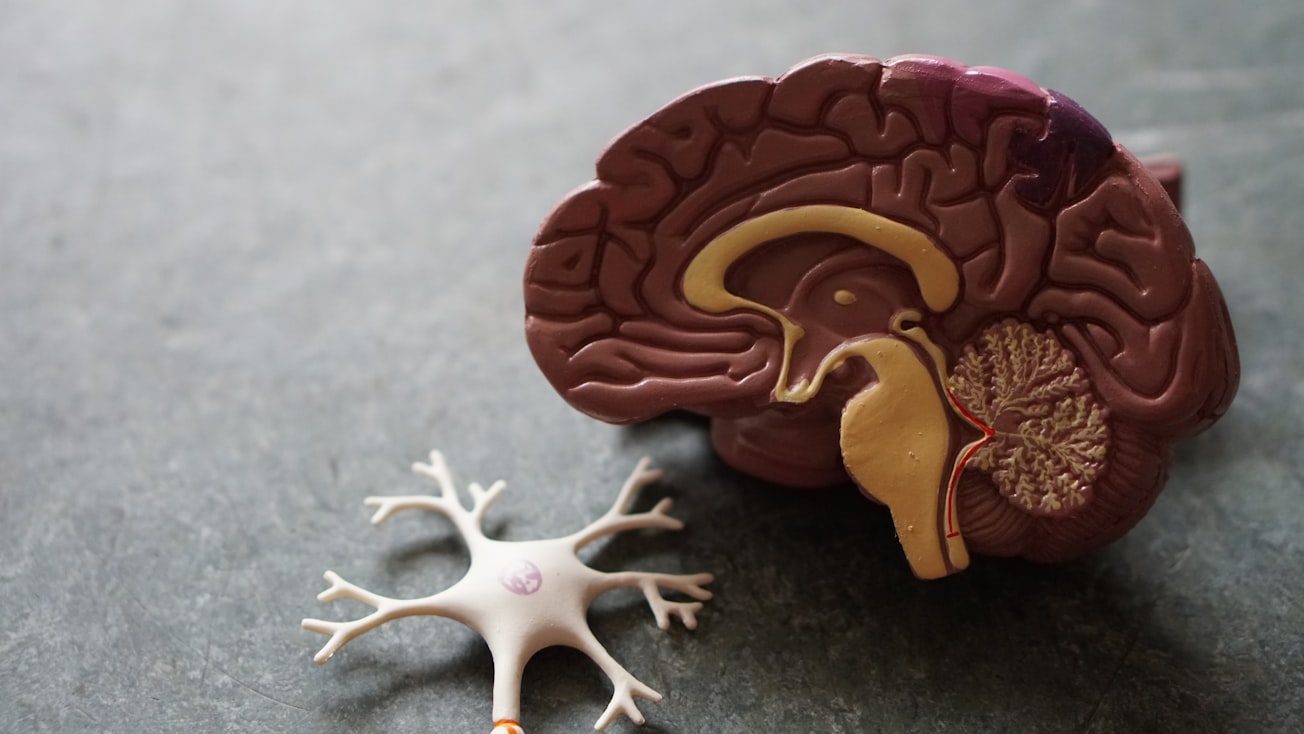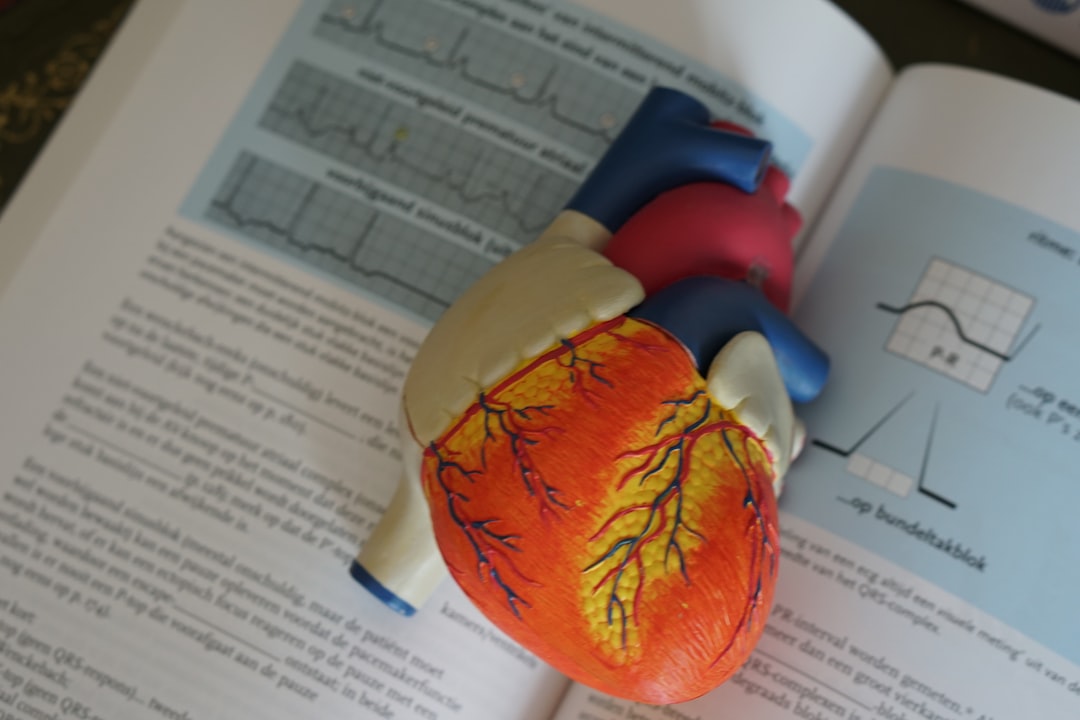What is it about?
This matched control cross-species comparison was conducted to determine the amount and intensity of aerobic exercise needed to serve as an effective intervention capable of arresting motor and cognitive decline in early-stage Parkinson’s disease patients.
Featured Image

Photo by Robina Weermeijer on Unsplash
Why is it important?
Our findings are the first to calibrate the efficacy of moderate intensity aerobic exercise of 3 times a week, 30-minutes each session, for at least 3-months in an early-stage Parkinson’s disease patient for reverse translation to a rat PD model. As the patients showed improved motor and cognitive function, we captured a treadmill exercise intensity needed in the Pink1 Knockout to identify neurobiological mechanisms that can mitigate motor and cognitive impairments found in PD. We found that no loss of dopamine in the substantia nigra (SN) coincided with increased locomotor activity in the Knockout rats. We also showed that a moderate intensity exercise regimen in rodent PD models matches early-stage PD patient physical capabilities, which therefore provides a crucial platform upon which to translate the important neural mechanisms of exercise from rodent PD model back to human PD. Moreover, disease resilience is possible with the moderate intensity exercise regimen, and may prevent loss of dopamine in the SN. As such, early-stage patients can use the exercise efficacy principle, with predictive validity, that ‘333 – three, thirty, three’ (3 sessions a week for 30-minutes each for at least 3-months) can be an effective intervention strategy to curtail the progression of PD.
Perspectives
Like so many of us, we also had close family (mother and grandfather) that battled Parkinson’s disease (PD) before the benefits of exercise were fully realized. While we now recognize the value of exercise in mitigating the severity of motor and cognitive symptoms of PD, the neurobiological mechanisms by which it does so are not established, despite nearly two decades of research. Identifying these mechanisms is vital, because due to the progressive nature of PD, the patient will eventually be unable to sustain the intensity needed to keep these protective mechanisms engaged. Rodent models can provide the platform upon which to interrogate suspected mechanisms, but their relevance in mitigating motor and cognitive impairment should be greatest when the exercise modalities employed are within the capabilities of the PD patient. With our collaborator, Dr. Tom Cunningham, we have been able to measure heart rate differences to obtain a treadmill exercise regimen intensity in a rat PD model that matches that of the early-stage patient after exercise. Moreover, this equivalence produced similar improvements in motor function in both species. As such, we found potentially beneficial effects on neurobiological mechanisms in the rat model, thus paving the way for further studies to translate mechanisms of exercise impact back into the human patient.
Michael Salvatore
University of North Texas Health Science Center
Read the Original
This page is a summary of: Establishing Equivalent Aerobic Exercise Parameters Between Early-Stage Parkinson’s Disease and Pink1 Knockout Rats, Journal of Parkinson s Disease, September 2022, IOS Press,
DOI: 10.3233/jpd-223157.
You can read the full text:
Contributors
The following have contributed to this page










